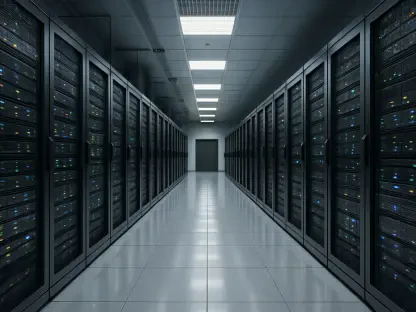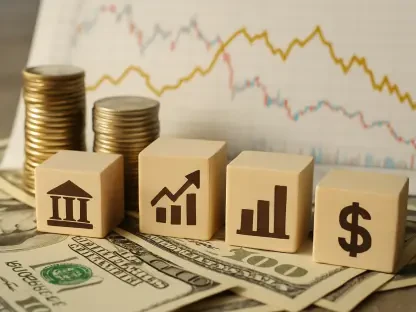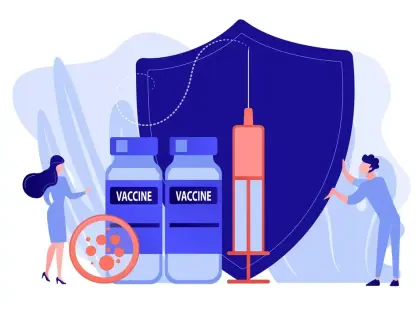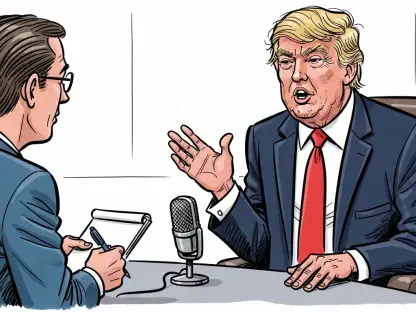In a rapidly evolving global economic landscape, the Philippines is facing challenges that could dampen its growth trajectory. While economic sanctions in the form of tariffs from the United States present a formidable economic hurdle, there’s a ray of hope tied to election-related spending and targeted government interventions. An emerging focus rests on the potential for household consumption and state expenditures to mitigate these adverse effects. With the Philippine economy grappling with a 5.4% growth rate in the first quarter, below its anticipated 6-8% target, the stakes are high. As the country navigates these turbulent waters, strategies tapping into domestic spending and stimulating economic activity are under consideration. Central to this approach is the lifting of a 45-day election spending ban on public works and a commitment to bolstering government capital spending.
Budget Secretary Amenah F. Pangandaman has divulged plans for accelerated state capital allocation, expressing confidence this will counterbalance the challenges posed by the tariffs. The 17% levy on Philippine exports imposed by the US represents a tangible threat to economic stability. Nevertheless, by strategically increasing domestic spending, the Philippine government aims to offset potential damages and maintain economic momentum. This approach underscores the importance of timely and focused economic policy-making, especially in the face of external pressures. As the nation’s leadership champions these measures, there are debates on the long-term viability of relying heavily on such tactics, given their temporary nature and the intricate web of international trade relations.
Household Consumption & State Expenditures as Buffers
Amid economic uncertainties, household consumption and state expenditures present themselves as crucial levers for buffering against the effects of US tariffs. Philippine economic strategists are prioritizing these internal facets to sustain growth. The lift of the election spending ban allows for renewed investment in public infrastructure, and by extension, stimulates the economy through job creation and improved public services. This injection of funds is posited to catalyze consumer spending, as more people gain employment and income. Increased household consumption often translates to heightened business activities, a prerequisite for catalyzing economic growth.
However, the question remains: can these measures sustain economic momentum once the initial boost wanes? Experts, such as John Paolo R. Rivera from the Philippine Institute for Development Studies, have expressed apprehensions about the temporary nature of election-related spending. Although these activities signify immediate economic upliftment, there is skepticism about their ability to support sustained growth beyond the upcoming quarters. As election euphoria subsides, there may be a need for more substantial, enduring economic interventions. Ensuring long-lasting growth might require introducing strategic policies that revamp sectors prone to tariff shocks and encourage diversified economic participation.
Concerns & Strategic Recommendations
While the immediate benefits of government intervention are clear, concerns surround the potential over-reliance on electoral spending and government initiatives. Reinielle Matt M. Erece, an economist from Oikonomia Research and Advisory, Inc., cautions against such dependency. He highlights the potential risks of budget exhaustion and an upward trend in borrowing, which might strain national finances. In Erece’s view, a more balanced approach, featuring trade agreements and an enhanced investment climate, could provide more sustainable long-term benefits. This strategy would alleviate the current reliance on domestic spending and pave the way for foreign investment and trade collaborations viable for an economically sustainable future.
The discussion between Philippine officials and the US Trade Representative conveys continuous diplomatic engagement, aiming to negotiate more favorable trade terms and potentially easing ongoing tariff strains. Encouragingly, these dialogues present opportunities for recalibrated trade partnerships which could diversify export destinations and reduce dependency on specific markets. As these efforts unfold, fostering a conducive business environment becomes increasingly imperative. Beyond tariffs, the focus shifts to cultivating a robust investment climate that appeals to both local enterprises and international investors. This involves rethinking regulatory frameworks, improving ease of business, and prioritizing innovative sectors poised for global competitiveness.
Navigating the Path Ahead
In today’s swiftly changing global economy, the Philippines contends with hurdles that might impede its growth path. Economic sanctions like the USA’s tariffs present substantial challenges, yet there’s optimism linked to election-driven spending and targeted governmental efforts. Key strategies involve leveraging household spending and state expenses to soften these impacts. The economy’s 5.4% growth in the first quarter falls short of the 6-8% target, raising the stakes. In facing these turbulent times, tapping into domestic spending and boosting economic activity are crucial strategies. This involves lifting a 45-day election spending ban on public works and increasing government investment. Budget Secretary Amenah F. Pangandaman unveils plans for faster state capital allocation to offset tariff challenges. A 17% levy on Philippine exports threatens stability, but by amplifying domestic spending, the government aims to neutralize damages and keep momentum. While promising, debates linger on the sustainability of such short-term tactics amidst complex global trade relations.









